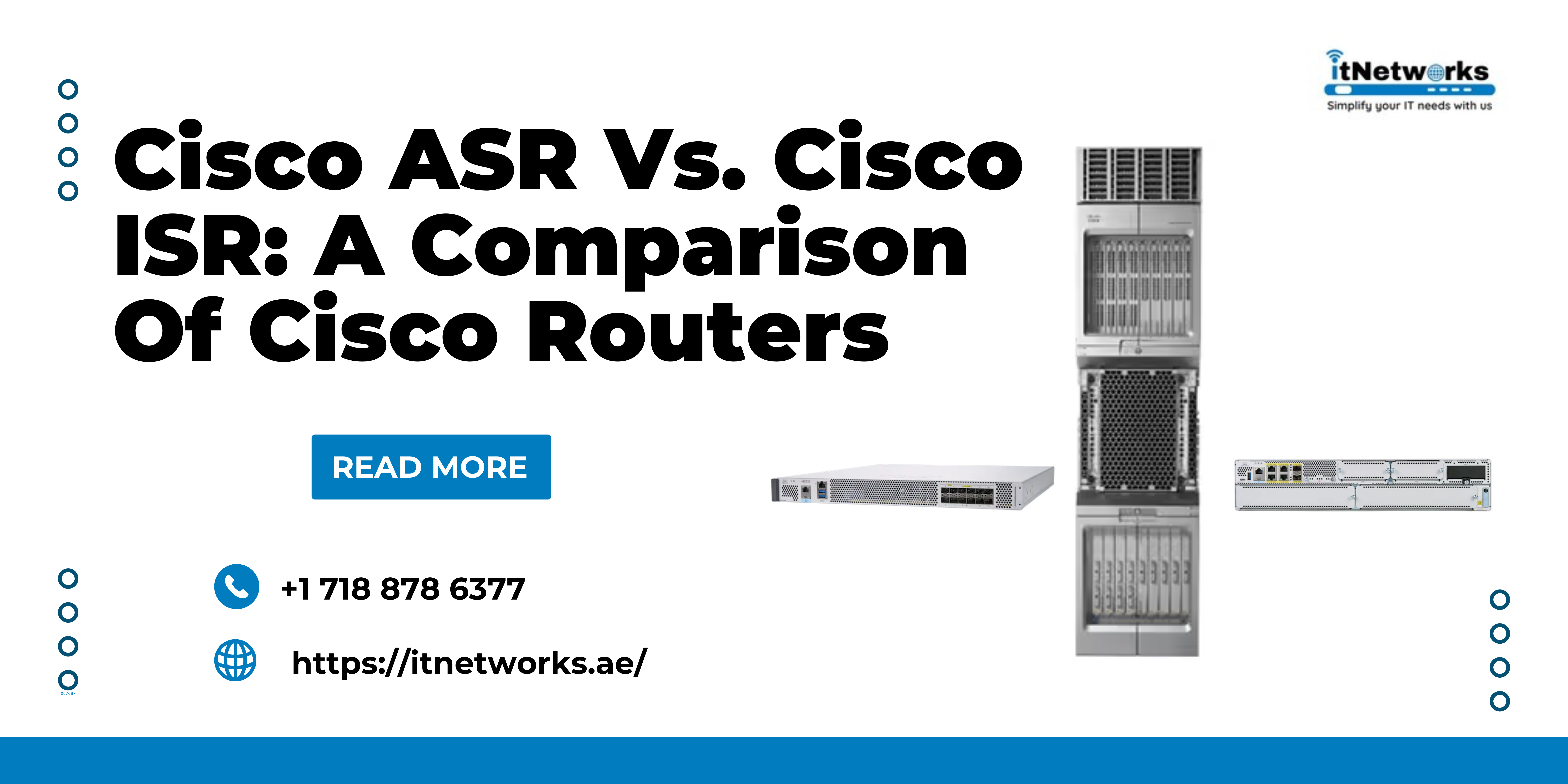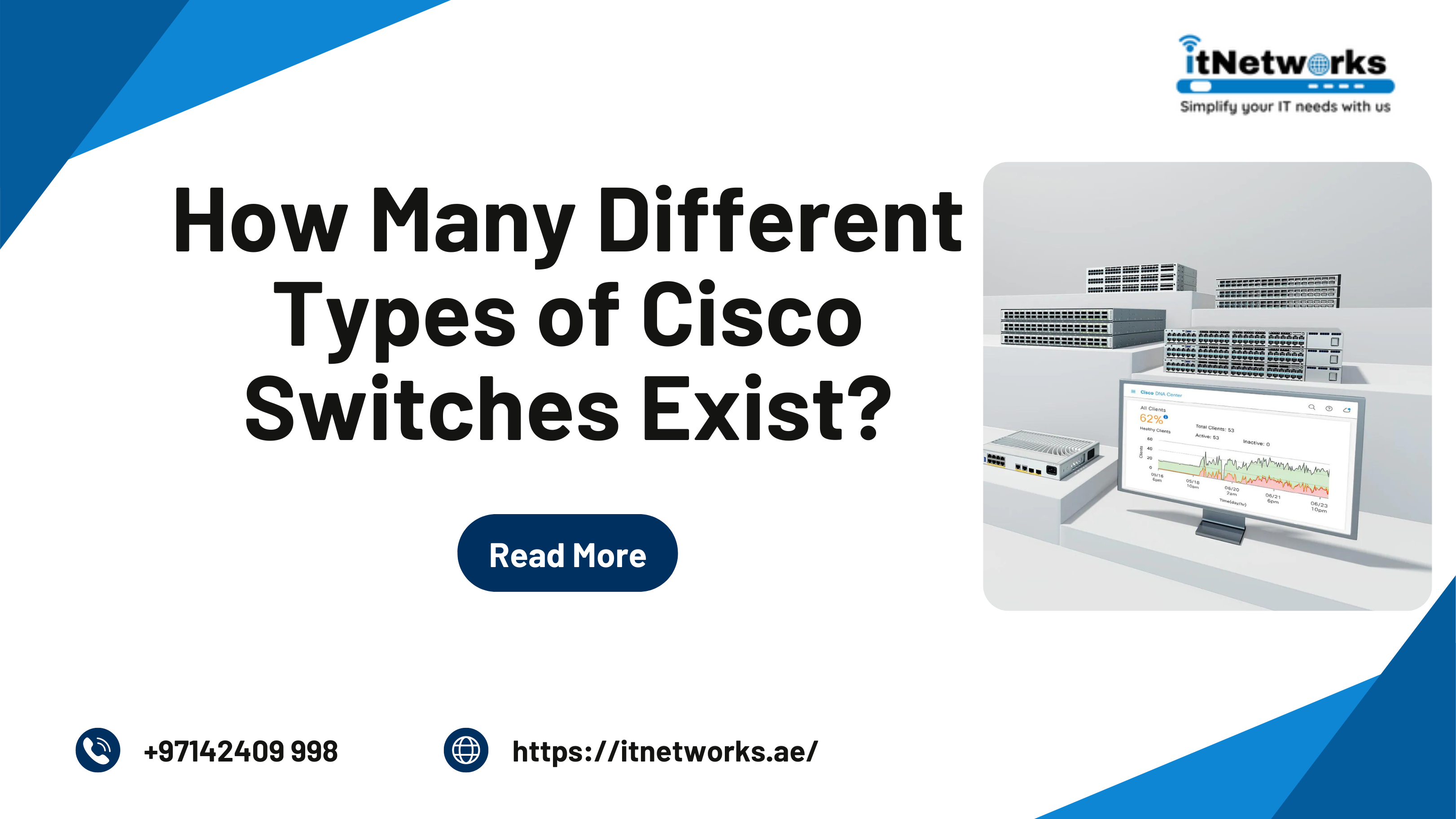What is a Tower Server Used For?
Have you ever noticed that a tower server resembles a desktop computer with a conventional case size? Tower servers were the first servers used in small to medium businesses. They use a typical computer case and a tower with high-end components.
Assembling a tower server is similar to building a regular desktop computer; however, it necessitates more modern parts capable of handling higher CPU and network demands and more storage.
What Is a Tower Server?
Servers are dedicated computers that handle a variety of network-related tasks. You may need multiple servers to manage various areas of your enterprise. An FTP server, a file storage server, an application server, and an email server are examples of servers. A tower server could be used for each machine. Tower servers are mostly preferred by certain small and midsize businesses.
What is the difference between Tower Servers and PCs?
You need to know the difference between servers and PCs to comprehend why someone might want to purchase a tower server.
Data on a server, in general, is intended to be accessible from numerous places on a local or large network. A PC can effectively perform the same thing, but it is unlikely to have the necessary hardware, storage, throughput, or computing power to do so on a wide scale and with minimal downtime. Tower servers are servers that resemble PCs but are capable of disseminating data on a massive scale.
What Are the Parts of a Tower Server?
A tower server can utilize any part found in a regular desktop pc. The key distinction is that the computational resources are far superior. Most components in a tower server are typically the latest version, including the CPU, memory, and video card. The network card must also be capable of handling heavy traffic volumes. In order to conduct routine and other network functions, some tower servers include two network cards.
A motherboard, a video card, a power supply that delivers sufficient power to the system, and other extraneous pieces like fans, the chassis, and peripherals are all included in a tower server.
You can use a switch box to link a mouse, keyboard, and monitor to several tower servers if you have numerous tower servers. The switch connects to all towers and can be used to switch peripherals to the active tower.
What is the Function of a Tower Server?
The purpose of a tower server determines how it operates. When one tower server is used as a file server, it connects to a network with plenty of storage. The tower server in this scenario has numerous hard drives accessible for storage, and administrators have configured it to allow authorized users to log in to their respective approved directories.
A tower server can perform the functions of any other server on the network. It can function as the network's central server for authorization and verification.
Active Directory may be installed on your server to manage environment permissions. A tower server can be used as a database server, storing data for your applications. In other cases, a company may utilize a server as an application server, storing executable files that customers can use to operate business software.
The Benefits of Using a Tower Server
A tower server could be the ideal solution for supporting several network resources in small or midsize organizations. A tower server can be customized to meet your specific computing needs.
If you run a small business, you might want to begin with a tower server to support applications, file storage, and other network resources like DHCP and DNS.
There are various advantages to using a tower server rather than a blade or rack server. The first is that they are easier to keep and care for. Anyone familiar with a conventional desktop computer may manage a tower as long as they are aware of the server's additional networking features.
Another advantage is that they are customized to your specifications. If the motherboard includes an additional slot for expansion boards, you can enhance a tower by adding a component. To shorten the time it takes to set up and install a tower server, you can construct your tower server from scratch or acquire one from a chosen vendor.
A tower server is usually silent, depending on the quality of the fans and the case. On the other hand, rack servers can be quite noisy, especially if several are housed together. Small organizations that don't have a designated place for servers and network equipment would benefit from tower servers with high-end fans because they won't generate any noise.
Reasons Not to Use a Tower Server
Tower servers aren't appropriate for every business. Because tower servers are big, it can be difficult to place several in a network closet for larger enterprises with limited room. Additionally, cable arrangements can be tough to manage when you have multiple tower servers. Rack servers and the chassis that support them are designed with cable management in mind.
Rack or blade servers are more manageable and built for cable organizations; therefore, large companies may consider incorporating them into their infrastructure. Just keep in mind that the more servers you put on a rack, the more cooling you'll need to remove the heat generated by those servers.
Conclusion
A tower server may be a more convenient option to start constructing your network environment if you own a small business. However, tower servers may take up too much room. Remember this while purchasing multiple tower servers to support your network environment and staff productivity.
Give us a call at +97142409998 or send a message on WhatsApp (+971585811786)





